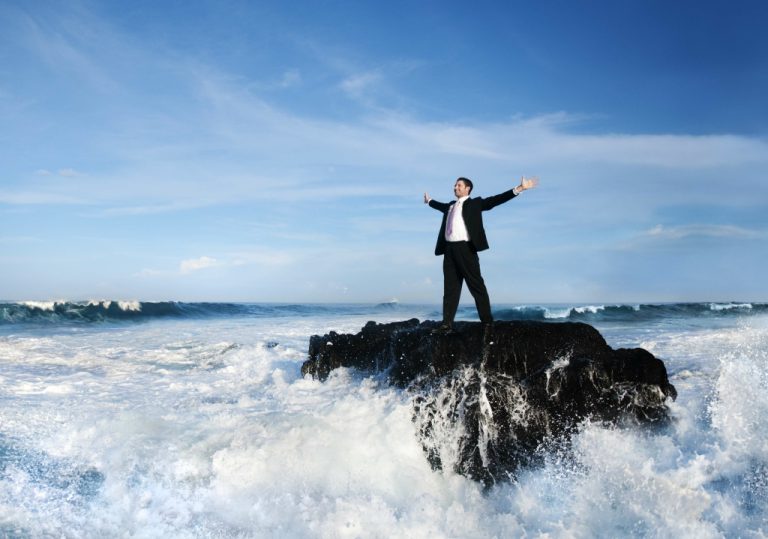Further, when entered simultaneously, social anxiety group was indirectly related to drinking problems via both DCSAS-NA and DCSAS-PA and the magnitude of these indirect effects was not significantly different. Social drinking occurs in many forms — from small events like birthday parties or meeting for a drink after work, to large-scale events like Oktoberfest or a New Years’ celebration party. There is no set amount of alcohol that determines a social drinker, but the CDC characterizes alcohol use as moderate drinking if a female consumes one drink per day, or a male consumes two drinks per day. This becomes binge drinking if a male consumes five or more drinks, or a female drinks 4 or more drinks during a general two-hour time frame on at least one occasion within a month. You may start as a social drinker and slowly become a problem drinker as you begin to consume more alcohol.
(For example, maybe it was safer to drink than untreated water—fermentation kills pathogens.) Slingerland questions most of these explanations. Yet, people still consume alcohol without thinking of the drink’s nature. Alcohol is a toxin — too much can damage your body and impact your health. “Women have been increasing their consumption,” Rehm said, and while alcohol-related deaths have historically been more prevalent among males, that gap is narrowing. The detox process can be dangerous without proper support and medical care. Following detox, you may want to enter an inpatient, outpatient, or online addiction treatment program.
Is Alcohol Use Disorder (AUD) the Same Thing as Alcoholism?
In fact, hindering alcohol flushing elevates the risk of cancer by enabling higher levels of alcohol consumption and thus higher acetaldehyde production. People who take certain medications that alter alcohol metabolism can also experience the alcohol flush reaction. Such medications include those used to treat diabetes, high cholesterol, and infections.
They usually recognize and acknowledge their problem only after an accident or a meaningful, negative alcohol-related event—or after they hit absolute rock bottom. In fact, the relationship between alcohol and social media and networking sites has been established by a study carried out in 2018. Occasional drinkers – again, especially the younger ones, are generally more likely to put up alcohol-related posts on their social media. Studies have taken a closer look at the possible reasons behind this behavior among young adults.
Q: What is the difference between social drinking and problem drinking?
In some people, the initial reaction may feel like an increase in energy. But as you continue to drink, you become drowsy and have less control over your actions. If your pattern of drinking results in repeated significant distress and problems functioning in your daily life, you likely have alcohol use https://ecosoberhouse.com/ disorder. However, even a mild disorder can escalate and lead to serious problems, so early treatment is important. No matter what form of alcohol you drink, if you have trouble cutting down or stopping and your drinking has negative consequences in your life, you likely have a problem with alcohol.
While Alcoholism is a chronic and often progressive disease characterized by compulsive alcohol use, despite the negative consequences. Being a social drinker is a fun and enjoyable way to engage with alcohol in social settings. If you’re asking what is social drinking and wondering if your drinking habits social drinking and drinking problem have become an issue, it’s important to reach out for help. The earlier you address and tackle an addiction to alcohol, the better. Some mental health issues like anxiety and depression can lead to alcoholism. People may use alcohol as a way to numb their emotions or escape from mental health symptoms.


